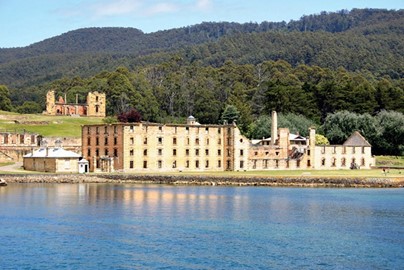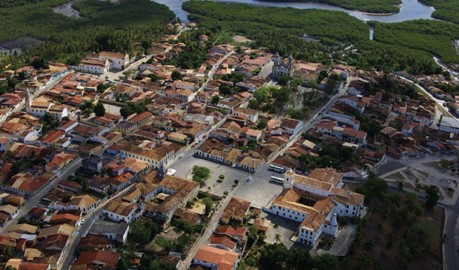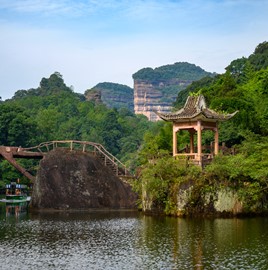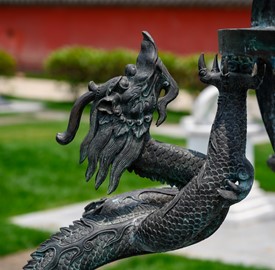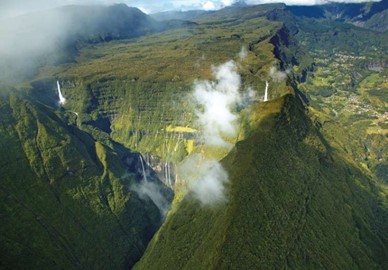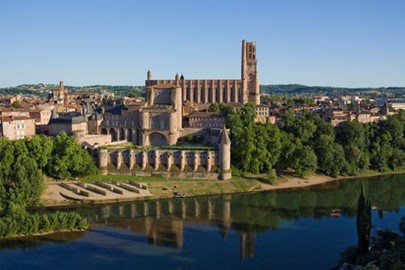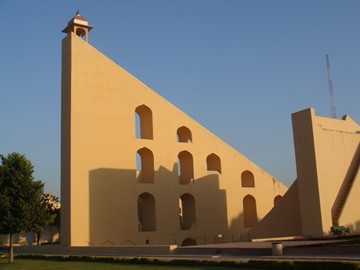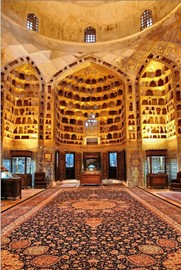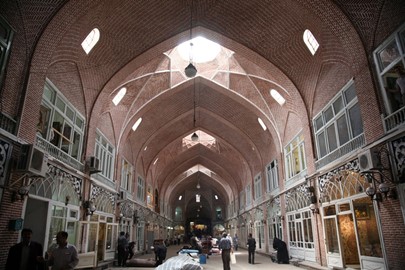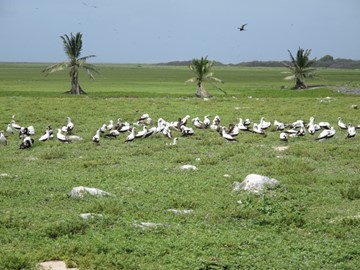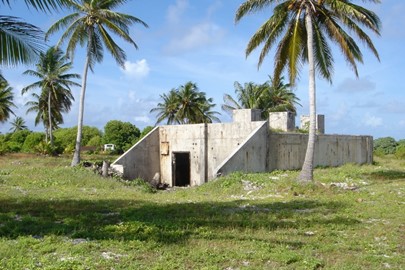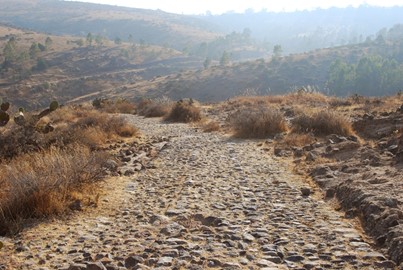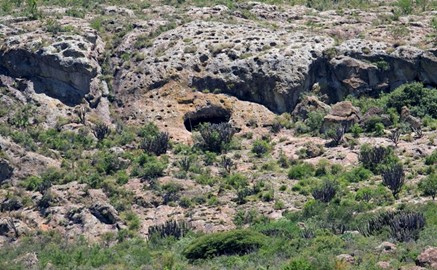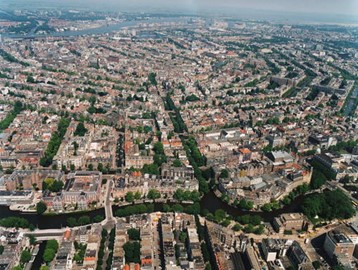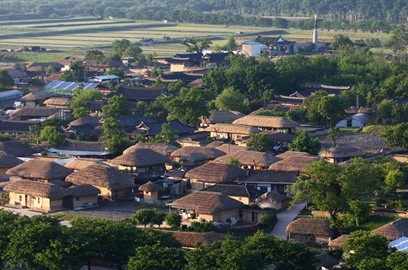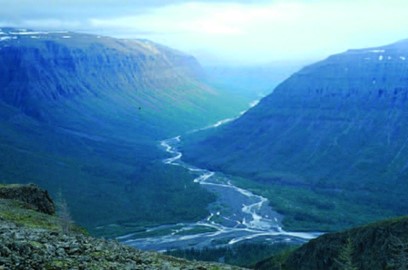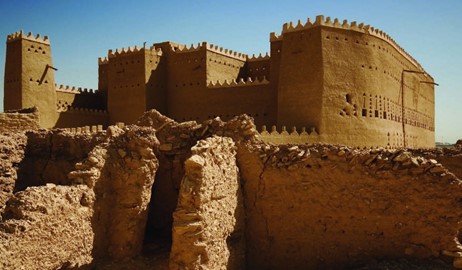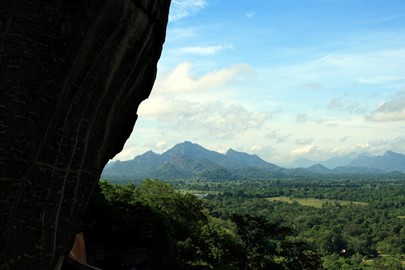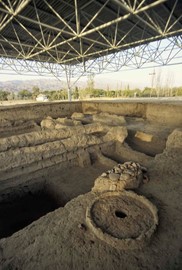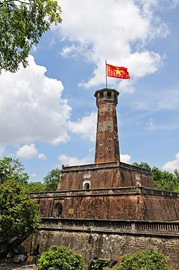year :: 2010
Australian Convict Sites
The Australian Convict Sites, a UNESCO World Heritage site in Australia, encompass historic locations that reveal the nation’s colonial past and the global story of forced migration. These sites, including prisons, barracks, and workyards, were built and inhabited by convicts transported from Britain between 1788 and 1868. Featuring Georgian architecture and stark landscapes, they illustrate the harsh realities of penal life and early settlement. This collection stands as a powerful testament to human endur... Read More
São Francisco Square
São Francisco Square in the Town of São Cristóvão, a UNESCO World Heritage site in Brazil, is a historic gem showcasing a well-preserved colonial urban layout from the 16th century. This picturesque square, framed by charming cobblestone streets, features notable landmarks like the São Francisco Church and Convent, blending Portuguese architectural influences with local adaptations. Recognized for its cultural and historical significance, it reflects the early fusion of European and Brazilian traditions dur... Read More
China Danxia
China Danxia, a UNESCO World Heritage site in China, is a striking geological landscape of vibrant red sandstone formations, sculpted into dramatic cliffs, peaks, and valleys. Formed over millions of years, its colorful layers and unique shapes create a surreal natural spectacle. Rich in biodiversity, this site blends scientific wonder with breathtaking beauty, captivating geologists and travelers alike.
Dengfeng
Dengfeng, a UNESCO World Heritage site in China, encompass ancient architectural treasures linked to the birthplace of Shaolin martial arts and Chinese cosmology. Featuring temples, observatories, and academies from the 3rd century BCE to the 14th century CE, they reflect a fusion of Buddhist, Taoist, and Confucian traditions. Set against a mountainous backdrop, this site showcases centuries of cultural and intellectual legacy.
Reunion Island
Reunion Island, a UNESCO World Heritage site in a French department of the Indian Ocean, is a volcanic island renowned for its dramatic landscapes and rich biodiversity. Towering peaks, deep cirques, and lush forests create a stunning natural tapestry. It hosts unique species like the Reunion cuckoo-shrike, thriving in its varied ecosystems. The island’s rugged terrain reflects millions of years of geological activity. This pristine site blends natural wonder with ecological significance. It stands as a tes... Read More
Albi
The Episcopal City of Albi, a UNESCO World Heritage site in France, is a medieval ensemble dominated by the red-brick Sainte-Cécile Cathedral, a Gothic masterpiece. Built from the 13th century, its fortress-like design reflects the Church’s power after the Cathar heresy. The adjacent Berbie Palace, now a museum, houses an extensive Toulouse-Lautrec collection. Narrow streets and historic homes add to its charm. This site blends architecture, history, and art seamlessly. It offers a striking glimpse into Fra... Read More
Jantar Mantar
Jantar Mantar, a UNESCO World Heritage site in India, is an extraordinary collection of 18th-century astronomical observatories built by Maharaja Jai Singh II. These architectural marvels, featuring large-scale instruments like sundials and celestial trackers, were designed to precisely measure time, predict eclipses, and observe planetary positions. The site showcases a brilliant fusion of science, architecture, and cultural heritage, reflecting India’s historical advancements in astronomy. Today, it stand... Read More
Ardabil
Ardabil, a UNESCO World Heritage site in Iran, is renowned for the Sheikh Safi al-Din Khānegāh and Shrine Ensemble, a masterpiece of Persian architecture and Sufi heritage. This historic complex features intricate tile work, ornate domes, and a serene courtyard, reflecting its role as a spiritual and cultural center since the 14th century. It exemplifies the artistic and religious traditions of the Safavid dynasty, drawing visitors to its well-preserved monuments and tranquil ambiance.
Tabriz Bazaar
The Tabriz Bazaar, a UNESCO World Heritage site in Iran, is a historic trading hub renowned for its vast network of covered brick structures and vibrant commercial legacy. This sprawling marketplace features intricately designed caravanserais, domed halls, and specialized sections for crafts like carpet weaving, reflecting centuries of Persian mercantile culture. Its enduring role as a key Silk Road junction highlights its architectural and economic significance.
Phoenix Islands
The Phoenix Islands, a UNESCO World Heritage site in Kiribati, form one of the world’s largest protected marine areas, encompassing a pristine cluster of coral atolls and lagoons. This remote Pacific archipelago harbors vibrant ecosystems, including extensive coral reefs, diverse fish populations, and critical seabird nesting sites. Recognized for its ecological significance, it serves as a vital sanctuary for marine biodiversity and a living testament to natural heritage.
Bikini Atoll
Bikini Atoll, a UNESCO World Heritage site in the Marshall Islands, is a coral reef renowned for its historical significance and unique ecosystem. Between 1946 and 1958, it served as a testing ground for 23 nuclear explosions conducted by the United States, leaving behind a legacy of sunken warships and radioactive remnants. Today, the atoll’s pristine lagoons and diverse marine life attract researchers and divers, while its cultural importance reflects the resilience of the displaced Bikinian people.
Camino Real de Tierra Adentro
The Camino Real de Tierra Adentro, a UNESCO World Heritage site in Mexico, is a historic trade route stretching over 2,500 kilometers, connecting Mexico City to the northern territories during the Spanish colonial period. Established in the 16th century, it facilitated the exchange of goods, ideas, and cultures between Spain and its colonies, playing a vital role in the economic and social development of the region. The route features a network of trails, bridges, and settlements, with notable historic site... Read More
Caves of Yagul and Mitla
The Caves of Yagul and Mitla, a UNESCO World Heritage site in Mexico, showcase an extraordinary collection of prehistoric rock art and archaeological remains dating back over 10,000 years. This site features well-preserved caves and shelters adorned with intricate paintings and carvings, offering valuable insights into the lives of early hunter-gatherer communities. Excavations have revealed ancient tools, ceramics, and evidence of early maize cultivation, highlighting the region's significance in the devel... Read More
Amsterdam Canal Ring
The Amsterdam Canal Ring, a UNESCO World Heritage site in the Netherlands, is a remarkable 17th-century urban planning masterpiece. This historic network of canals, lined with elegant merchant houses, showcases innovative water management and architectural beauty. Constructed during the Dutch Golden Age, it features concentric canals, bridges, and tree-lined streets that reflect the city’s economic prosperity and cultural heritage. Today, it remains a vibrant, functional part of Amsterdam, attracting visito... Read More
Hahoe and Yangdong
Hahoe and Yangdong, recognized as a UNESCO World Heritage site, are historic villages in Korea that exemplify traditional Confucian culture from the Joseon Dynasty. These well-preserved settlements showcase distinctive architecture, including thatched-roof houses and tiled-roof residences for the nobility, reflecting the social hierarchy of the era. The villages highlight traditional living patterns, with layouts designed to harmonize with the natural landscape, and they preserve cultural practices like fol... Read More
Putorana Plateau
The Putorana Plateau, a UNESCO World Heritage site in Russia, is a vast basalt plateau formed by ancient volcanic activity, featuring dramatic landscapes of deep canyons, waterfalls, and over 25,000 lakes. Often called the 'Land of a Thousand Waterfalls,' it hosts unique ecosystems with rare species like the Putorana snow sheep, thriving in isolation due to its remote Arctic location. Its geological significance and biodiversity make it a natural wonder, preserved for its pristine wilderness and scientific ... Read More
At Turaif District
At-Turaif District, a UNESCO World Heritage site in Saudi Arabia, is a historic area renowned for its well-preserved mud-brick architecture and cultural significance. Established in the 15th century, it served as the first capital of the Saudi dynasty, showcasing traditional Najdi urban design with palaces, mosques, and residential quarters. The site reflects the region’s political and religious heritage, offering insights into the early governance and societal structure of the Arabian Peninsula. Its restor... Read More
Central Highlands
The Central Highlands, a UNESCO World Heritage site in Sri Lanka, is renowned for its breathtaking biodiversity and stunning landscapes. This protected region encompasses montane forests, grasslands, and rugged peaks, harboring a rich array of endemic flora and fauna, including rare species like the Sri Lankan leopard and purple-faced langur. The area also holds cultural significance with ancient tea plantations and colonial-era architecture, reflecting its historical role in the island's tea industry. Its ... Read More
Sarazm
Sarazm, a UNESCO World Heritage Site in Tajikistan, is an ancient proto-urban settlement dating back to the 4th millennium BCE, showcasing the early development of human civilization in Central Asia. This archaeological site highlights a thriving Bronze Age community engaged in agriculture, metallurgy, and trade, with evidence of cultural and commercial connections stretching from Turkmenistan to the Indus Valley. Discovered in 1976 and excavated starting in 1977, Sarazm offers a glimpse into a sophisticate... Read More
Papahanaumokuakea
Papahānaumokuākea is a UNESCO World Heritage site northwest of the main Hawaiian Archipelago, recognized for its cultural and natural significance. It encompasses a vast region of islands and atolls in the Pacific Ocean, serving as a critical habitat for numerous endangered species, including seabirds, turtles, and monk seals. The site also holds deep cultural importance to Native Hawaiians, featuring ancient archaeological sites and embodying traditional ecological knowledge. Its remote location and protec... Read More
Hanoi Citadel
The Imperial Citadel of Thang Long - Hanoi, a UNESCO World Heritage site in Vietnam, is a historic fortress that served as the political and military center of the region for over a thousand years. Originally built in the 11th century during the Ly Dynasty, it showcases a blend of architectural styles reflecting its evolution through various ruling eras. Today, it stands as a significant cultural landmark, housing archaeological remains, ancient structures, and museums that offer insights into Vietnam’s ric... Read More
